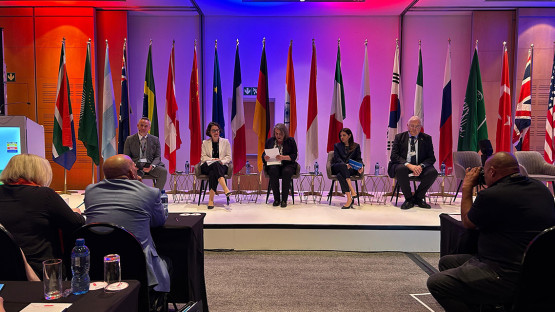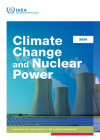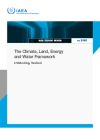With the adoption of the Paris Agreement in 2015, almost all Parties to the United Nations Framework Convention on Climate Change (UNFCCC) agreed to prepare nationally determined contributions (NDCs) to control GHG emissions and limit the increase of global mean surface temperature by the end of the century to below 2°C relative to pre-industrial levels. Since then, increasing scientific understanding of the significant risks associated with warming of 2°C, along with increasing societal concern, have established the need for more urgent and ambitious action to avoid the worst impacts of climate change, by limiting warming to 1.5°C.
Nuclear power and climate change: Decarbonization
To reach this goal, carbon dioxide (CO2) emissions from electricity generation must fall to nearly zero by the middle of this century, even as electricity needs worldwide continue to grow and expand in end-uses such as transportation, heating and industrial energy use.
Nuclear power is a low-carbon source of energy. In 2018, nuclear power produced about 10 percent of the world’s electricity. Together with the expanding renewable energy sources and fuel switching from coal to gas, higher nuclear power production contributed to the levelling of global CO2 emissions at 33 gigatonnes in 20191/. Clearly, nuclear power – as a dispatchable low carbon source of electricity – can play a key role in the transition to a clean energy future.
As part of the capacity building process for energy system analysis and planning, the IAEA provides assistance to Member States for the evaluation of the role of nuclear energy in national climate change mitigation strategies through the Technical Cooperation programme and Coordinated Research Projects. For this purpose, a comprehensive set of IAEA tools and methodologies are available to Member States.













